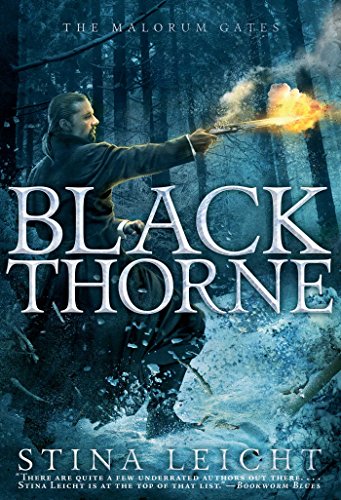The Intersection: Blackthorne and the Importance of Secondary Characters

There are many tools one can use for worldbuilding. A lot of them aren’t obvious to the reader—and in fact, I’d venture to say that the most effective techniques are those the reader doesn’t notice. This is how real life works. For example: events and cultural distinctions clearly affecting the world and those living in it but no one openly discusses are a big factor in everyday life.[1] Another of these hidden opportunities for worldbuilding involves secondary characters. One of the things I aspire to do is to populate my stories with any number of interesting characters capable of taking over the narrative. (Not that I let them.) Not only does it give the main characters people to interact with and thus further the plot, it’s realistic. Each of us thinks of ourselves as the main character of our story. Point of view characters in a novel are no different. However, we aren’t the only main character. Every “secondary character” we meet—doctors, neighbors, people on the street—is the main character of their own story in which we are the secondary character. That’s reality. In addition, well-developed secondary characters will sometimes alter the main character’s perspective of the world. This, too, is how the real world works. How many times have you encountered someone whose perspective on a situation altered your own? If you’re like me, quite a few. None of us operates in a vacuum. Characters in a narrative shouldn’t either.

